The History of ABBA, Chapter 3
ABBA on Disco (Enero)
We'll
travel back to 1973, when the band and their manager Stig Anderson decided to
enter Melodifestivalen with "Ring, Ring."
However, on
February 10, 1973, the jury, composed solely of music professionals, awarded
the song a third place; therefore, it never made it to the Eurovision Song
Contest.
We won't
know what would have happened if it had won, because that year, it was still
mandatory to sing in a country's official language in the Eurovision Song
Contest, which would have required them to sing in Swedish.
Stig
arranged an English translation of “Ring, Ring” from Neil Sedaka and Phil
Cody's lyrics and released the song as a single alongside what would become
Björn, Benny, Agnetha, and Anni-Frid's debut studio album, also called “Ring,
Ring.”
"Åh, vilka tider!", the B-side of the Swedish single, is the only ABBA song released on a single in Swedish and never translated into another language. It's also the shortest song ABBA recorded, lasting 2:32.
ABBA on Spotlight (Marzo)
Due to the
diversity of its songs, the album “Ring, Ring” has always lagged behind in
recognition. Indeed, it features “She’s My Kind a Girl” and “Rock n’ Roll
Band,” which were adapted from Björn and Benny's versions. “Disillusion” is a
song by Agnetha originally written in Swedish for her album “Elva kvinnor i ett
hus.” But finally, the new “Ring, Ring” is available in its original Swedish
and English for the international market. The cover photo is by Lars Falk and
comes from a 1972 photoshoot.
The album
did well, and the single was a hit in many parts of Europe and also in South
Africa. However, Stig felt that a real breakthrough could only come with a hit
in the United Kingdom or the United States.
The studio sessions for the album "Ring, Ring" were led by Michael B. Tretow, who experimented with a "wall of sound" production technique that became a distinctive new sound henceforth associated with ABBA. Therefore, we include Michael as the sixth member of ABBA behind Agnetha, Björn, Benny, Anni-Frid, and Stig.
Michael B. Tretow
Michael B.
Tretow was born on August 20, 1944, in Nörrkoping, Sweden. In the early 1960s,
Michael, as a teenager, was a well-known sound technician in Norrköping,
experimenting with multi-channel recording and dubbing. In the mid-sixties, he
was a member of several pop groups, including recording a single in 1966 with
Mikael Ramel as Mikael & Michael. In January 1968, he ended up at Metronome
Studio, where he recorded (and in some cases produced) material with artists
such as Pugh Rogefeldt, Ted Gärdestad, Jojje Wadenius, Lill Lindfors, Björn
Ulvaeus, and Benny Andersson.
Mikael & Michael - Loving Enemy
Los Musicos de estudios
We must
also introduce and mention the musicians who would accompany ABBA throughout
their recordings.
First, we
have Ola Brunkert and Roger Palm on drums.
Next come
Rutger Gunnarson and Mike Watson on bass.
Ola and
Rutger are the only musicians to appear on all of ABBA's studio albums.
Finally, we
have Janne Schaffer on acoustic guitar.
ABBA on Television City (July)
With the
resounding success of "Ring, Ring," the two couples decided to form a
group and sing together.
From
June 15th to September, ABBA toured Sweden's Folkparks (public parks with
concert stages), giving a total of 80 concerts.
Unfortunately, not a single audio or video file of that tour exists.
Stig, tired
of writing the four members' names, abbreviated it to A.B.B.A. and thought it
was a nice name. But unsure, he published a poll with several names, including
ABBA, which emerged as the winner. All that remained was to find a deal with
the ABBA company in Sweden that sells canned fish. It wasn't difficult to
secure, as it turned out to be free advertising for the cannery.
The success
of "Ring, Ring," and the resulting total defeat of the
Melodifestivalen winning song in both the Eurovision Song Contest and its
failure with the audience, led the country to replace the professional jury
with a popular jury the following year, allowing each city to have its own jury
that awarded points nationally.
All that
remained was to choose a new song to compete in the 1974 Melodifestivalen. Two
songs were nominated: "Hasta Mañana," a ballad led by Agnetha, which
was a perfect fit for the style of songs heard in the Eurovision Song Contest,
and "Waterloo," a pure Glam Rock style that would break all the
stereotypes found in that contest to date.
On February
9, 1974, ABBA won the Melodifestivalen with their Swedish version of
"Waterloo."
And on
April 6, 1974, ABBA triumphed in the Eurovision Song Contest with the English
version of "Waterloo."
ABBA was
close to recording a Spanish version of "Waterloo," but due to lack
of time, they didn't, and Margaluz instead presented that version.
In France,
"Waterloo" never achieved the success it had hoped for, and for To
avoid causing a problem with the French, who might not like the mention of
Napoleon's defeat, ABBA recorded a French version to emphasize that it was a
love song, but that didn't quite make it work either.
ABBA– Waterloo (French Version)
"Waterloo"
was ABBA's first major hit in numerous countries, becoming their first single
to reach number 1 in no fewer than nine European countries, including the
United Kingdom. It also reached the top ten in other countries, such as Spain,
reaching number 3, in Australia and France, reaching number 4, and number 7 in
Canada. In the United States, it reached number 6 on the Billboard Hot 100.
(EP) - Australia | Austria | (Red) Denmark |
(Green) Denmark | France | France in French |
Germany | (Sung in German) Germany | The Netherlands |
(1st Pressing) Italy | (2nd Pressing) Italy | Mexico |
Portugal | South Africa | (1nd Pressing) Spain |
(2nd Pressing) Spain | Sweden | (Sung in Swedish) Sweden |
Turkey | United Kingdom | (30th Anniversary) United Kingdom |
(30th Anniversary Picture Disc) United Kingdom | U.S.A. | (Oldies Series) USA |
(Oldies Series 1987 Re-issue) U.S.A. | Yugoslavia | Canada |
ABBA on Top of the Pops (10 de abril)
Top Of The Pops (May)
"Honey, Honey," the single after "Waterloo," reached number 27 on the US Billboard Hot 100 and was a hit in West Germany, reaching number 2. In the United Kingdom, ABBA's British record label, Epic, decided to re-release a remixed version of "Ring Ring" instead of "Honey, Honey," and a cover of "Honey, Honey" by Sweet Dreams reached number 10 in the British charts.
ABBA performed in Spain on the show "Ladies and Gentlemen" and recorded five songs with different sets and costumes, which exasperated Stig.
Finally, at
the end of the year, another single was released: "So Long," a song
that would be featured on ABBA's next album.
Waterloo (the álbum)
The album
"Waterloo" was recorded between September 1973 and February 1974 and
released on March 4, 1974, after Melodifestivalen and before the Eurovision
Song Contest.
The eleven
songs on the album are a well-balanced mix, and it was generally well-received
by critics. It would reach number 1 in sales in Sweden and Norway and reach the
top 10 in Germany.
For the cover, we already have Ola Lager as the photographer, who would photograph all the covers until "Greatest Hits II." The photo was taken at Gripsholm Castle, and because he was quite short, Rutger Gunnarson was in charge of representing Napoleon in the photo.
Until 1976,
and with the album "Arrival," Stig participated in writing some songs
or in finding catchy titles, making it always easy to find an ABBA song.
In June
1974, ABBA recorded the music videos for "Waterloo" and "Ring,
Ring." With this, ABBA wanted to provide television channels with material
so they wouldn't have to travel all the time. ABBA didn't invent the music
video, as has often been said, but they did make it fashionable, and as always,
all the great artists wanted to do the same.
Lasse Hallström directed the recording and would do so for all the music videos until 1982. But Stig didn't attach much importance to these videos, so Lasse would always have to find solutions to the lack of budget and therefore film without sets, or by taking close-ups of the girls, for example.
Escuchar el Podcast
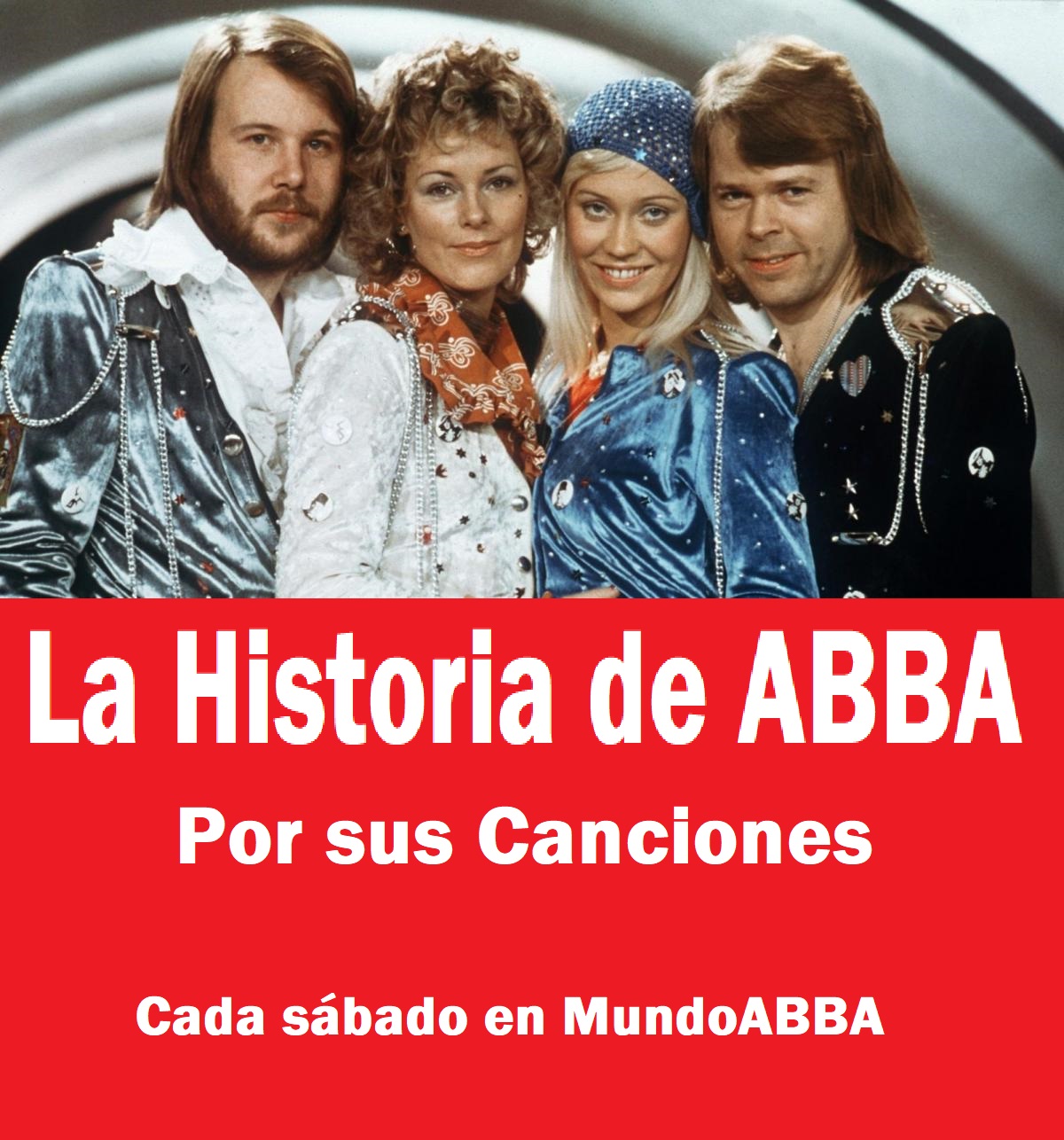




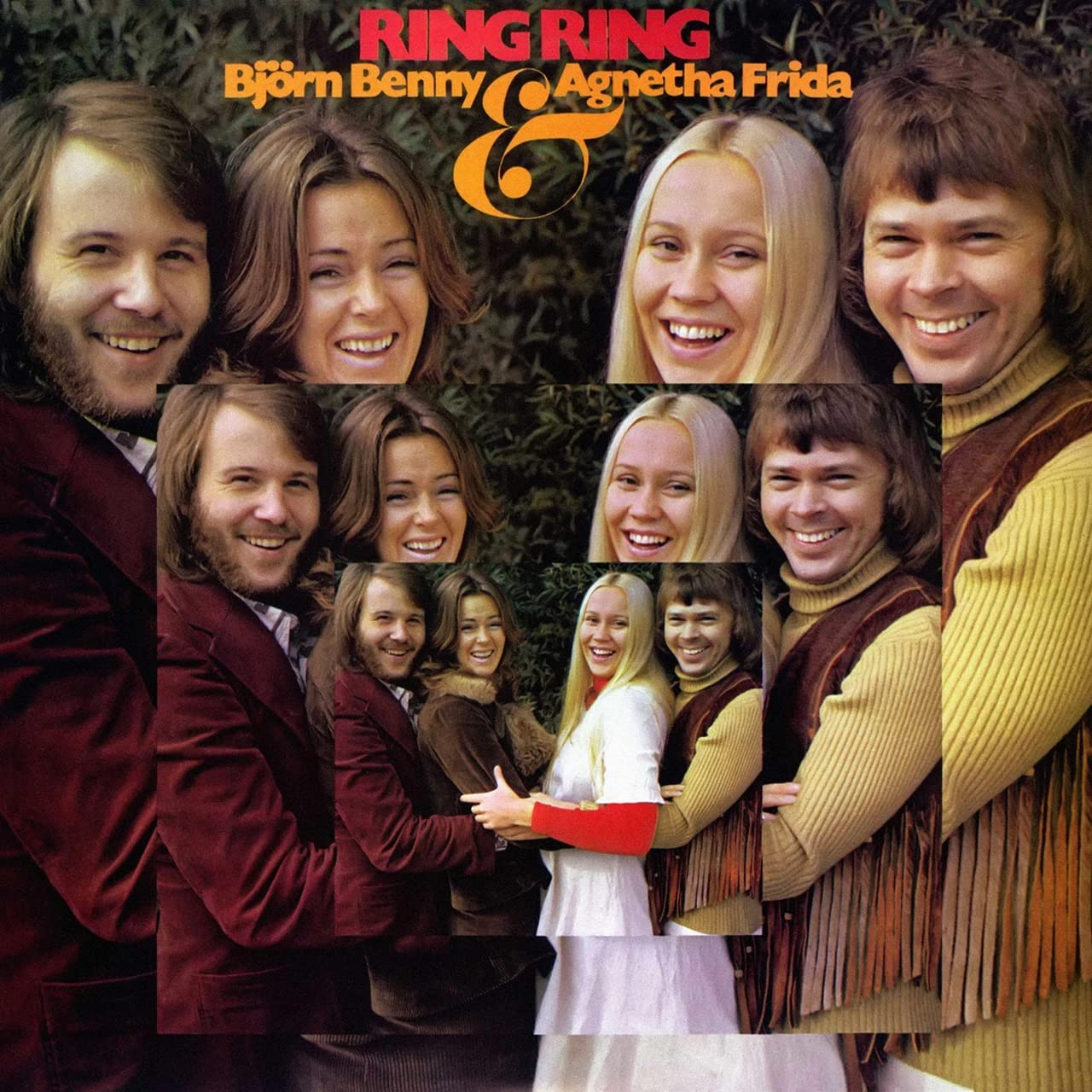







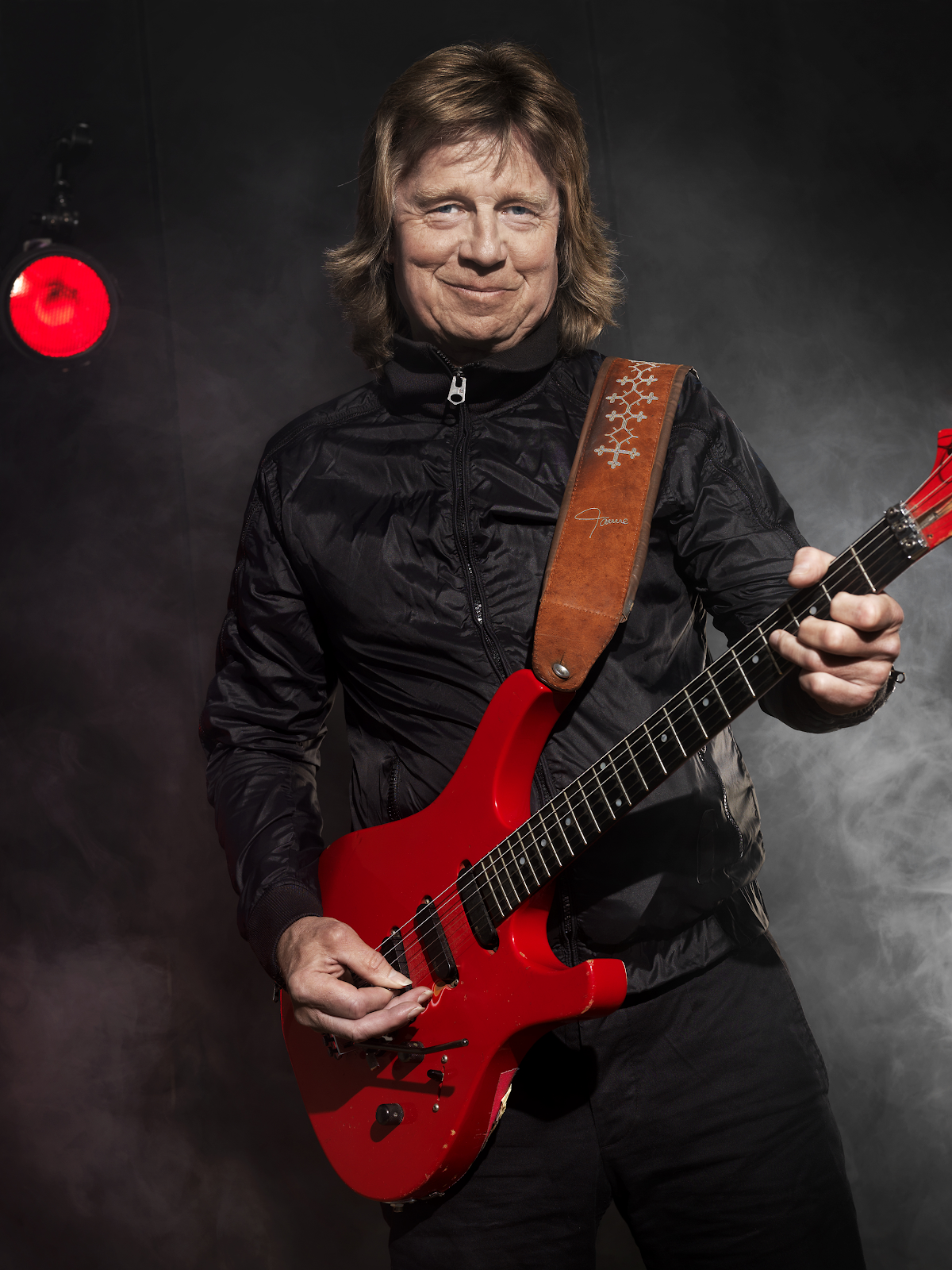












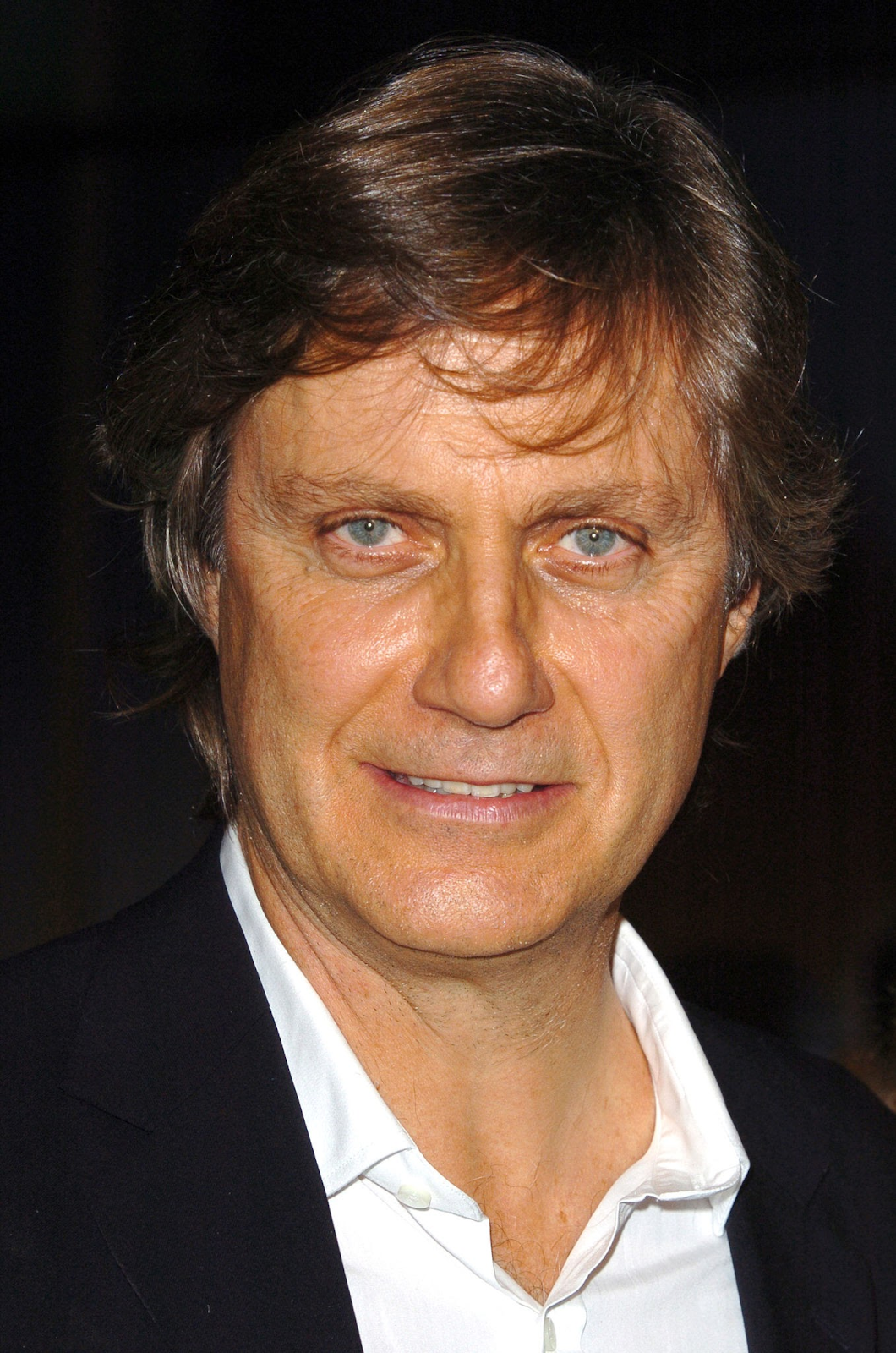
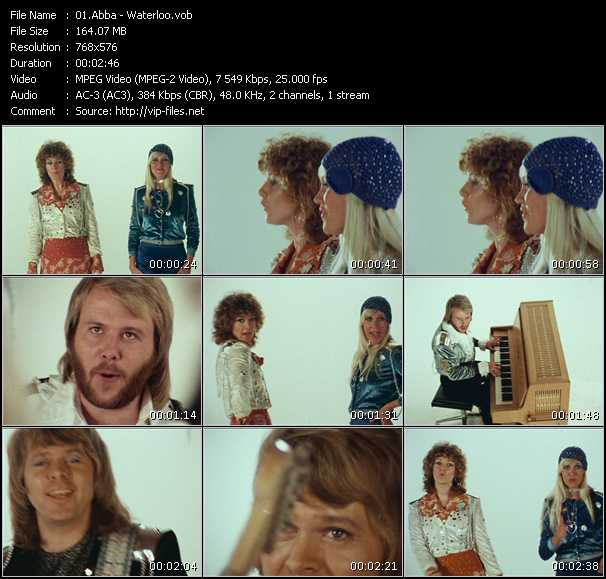


Comentarios
Publicar un comentario